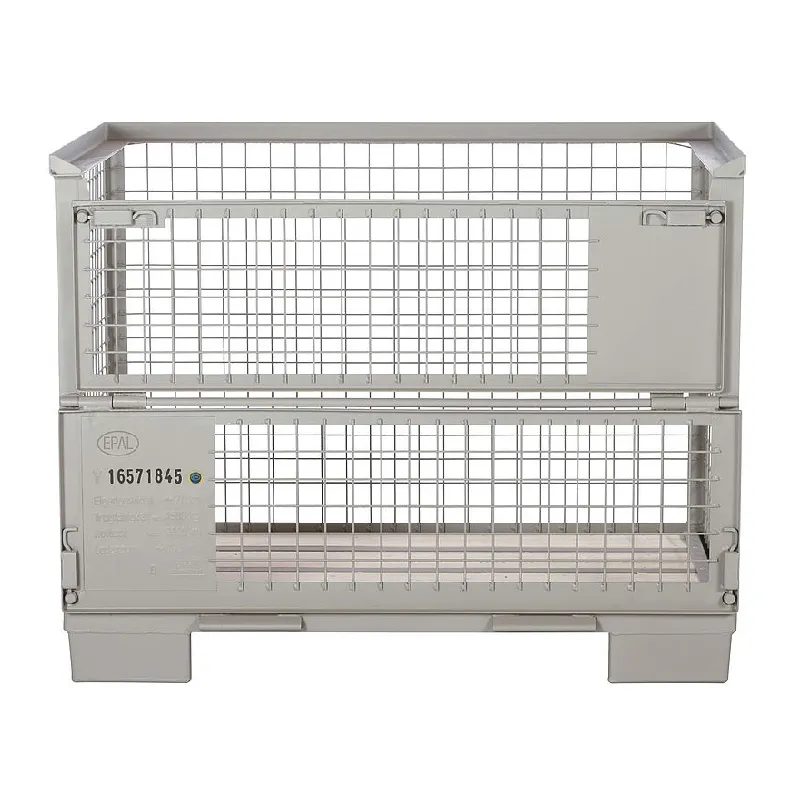Air Release Valve for Efficient Operation in Sprinkler Systems
Understanding Air Release Valves in Sprinkler Systems
In modern irrigation practices, the efficiency and reliability of sprinkler systems are crucial for effective water management. One significant component that ensures optimal performance is the air release valve. These valves play a vital role in maintaining the functionality of sprinkler systems by preventing air locking and facilitating smooth water flow. In this article, we will explore the importance of air release valves, their working mechanism, and best practices for their implementation and maintenance.
The Importance of Air Release Valves
Air release valves are primarily designed to remove trapped air from the irrigation system. When water moves through a pipeline, especially in sloped terrains, air can become trapped in the high points of the system. This entrapment can lead to several problems, including
1. Reduced Efficiency When air pockets accumulate, they can diminish the flow of water, leading to inefficient irrigation and uneven coverage. This can impact crop yield and increase water wastage.
2. Water Hammer Sudden changes in water velocity, especially during valve operations or pump shutdowns, can cause water hammer, leading to pressure surges that may damage the system.
3. Cavitation Trapped air can lead to cavitation, a phenomenon where vapor bubbles collapse, causing shock waves that can harm pipes and equipment over time.
By incorporating air release valves into the system, these issues can be mitigated, leading to a more efficient and safer irrigation setup.
How Air Release Valves Work
Air release valves are fitted at strategic high points within the irrigation system. Their primary function is to allow trapped air to escape while preventing the backflow of water. These valves typically consist of two main components a float and an orifice.
- Float The float is responsible for detecting the presence of water
. When the system is full of water, the float rises and seals the orifice, preventing any water from escaping.sprinkler system air release valve

- Orifice When air is present, the float drops, allowing air to exit through the orifice. As the water level rises, the float again seals the orifice, ensuring that only air is released.
This simple but effective mechanism allows for the continuous operation of the sprinkler system, ensuring that air does not hinder water flow and efficiency.
Best Practices for Implementation
To ensure the optimal performance of air release valves in sprinkler systems, consider the following best practices
1. Correct Placement Install valves at all high points of the irrigation system. For long run pipelines, it may be beneficial to install multiple valves at intervals to ensure all air is released.
2. Regular Inspection Regularly inspect the valves for any blockages or defects. Maintenance checks should include cleaning the orifices to ensure they are free of debris that could hinder operation.
3. Sizing Select the appropriate size of air release valves based on the flow rate and size of the irrigation system. An oversized or undersized valve can lead to inefficiencies.
4. Weather Considerations In climates that experience freezing temperatures, use insulated or heated air release valves to prevent freezing, which could hinder functionality.
5. Integration with System Components Ensure that air release valves are integrated correctly with other components of the irrigation system, such as valves and pumps, to promote seamless operation.
Conclusion
In summary, air release valves are an essential component of sprinkler systems, ensuring efficient water flow and preventing issues related to air entrapment. By understanding their function and implementing best practices for installation and maintenance, agricultural professionals can maximize the effectiveness of their irrigation systems. Attention to these details not only enhances water management but also contributes to sustainable agricultural practices, ensuring optimal crop performance and conservation of resources. As technology continues to evolve, the design and effectiveness of air release valves will undoubtedly advance, further improving the reliability of sprinkler systems for a sustainable future.
-
The Essential Component for Safe Urban InfrastructureNewsMay.14,2025
-
The Backbone of Urban InfrastructureNewsMay.14,2025
-
Practical and Stylish Solutions for Your Drainage NeedsNewsMay.14,2025
-
Lamphole Frame and Cover: Essential for Urban InfrastructureNewsMay.14,2025
-
A Seamless and Aesthetic SolutionNewsMay.14,2025
-
A Must-Have for Safety and DurabilityNewsMay.14,2025
-
Pipe Repair Clamps: Your Ultimate Solution for Efficient RepairsNewsMay.09,2025
